PRP (PLATELET RICH PLASMA) THERAPY
Platelet-Rich Plasma (PRP) Therapy is a medical treatment that utilizes a concentrated form of a patient’s own blood plasma, rich in platelets, to promote healing and tissue regeneration. Platelets are a type of blood cell that play a crucial role in the body’s natural healing process, as they contain growth factors and proteins that stimulate cell repair and regeneration.
- Blood Draw: A small amount of blood is drawn from the patient.
- Centrifugation: The blood is placed in a centrifuge to separate its components. This process isolates the platelet-rich plasma from other blood cells.
- Injection: The concentrated PRP is injected into the targeted area, such as an injured joint, tendon, muscle, or area of hair thinning.
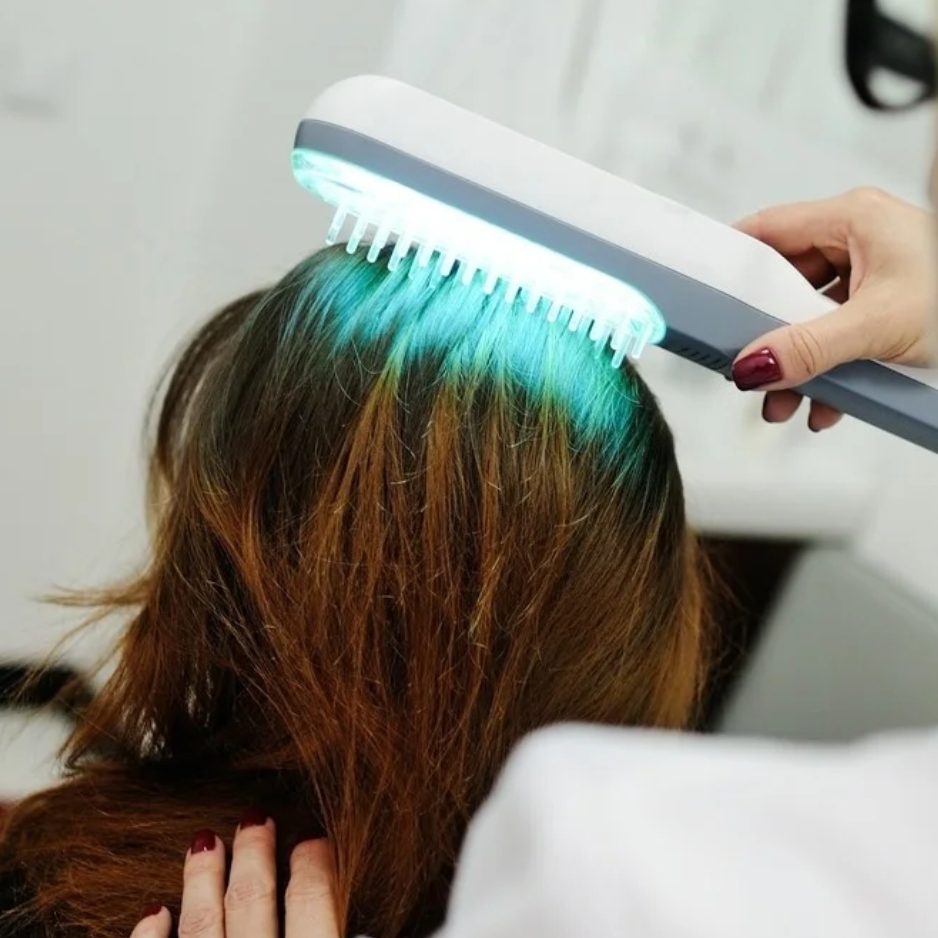
LOW LEVEL LASER THERAPY
Low-Level Laser Therapy (LLLT), also known as photobiomodulation therapy, is a medical treatment that uses low-intensity lasers or light-emitting diodes (LEDs) to stimulate cellular processes and promote healing. Unlike high-intensity lasers used in surgeries to cut or destroy tissue, LLLT delivers light at low power densities, which is absorbed by cells to induce a therapeutic effect without causing heat or tissue damage.
- Light Penetration: The therapy uses light in the red (600–700 nm) and near-infrared (700–1000 nm) wavelengths. These wavelengths penetrate the skin and are absorbed by cellular components, particularly mitochondria.
- Cellular Stimulation: The absorbed light stimulates the mitochondria to produce more adenosine triphosphate (ATP), the energy currency of cells. This enhances cellular repair and regeneration.


MESOTHERAPY
Mesotherapy is a non-surgical cosmetic treatment that involves the injection of vitamins, enzymes, hormones, and other substances into the middle layer of the skin (the mesoderm). It is primarily used to rejuvenate and tighten skin, as well as to remove excess fat in targeted areas.
Purpose and Applications of Mesotherapy
- Skin Rejuvenation: Improves skin elasticity, hydration, and appearance.
- Fat Reduction: Targets localized fat deposits such as those in the abdomen, thighs, or arms.
- Hair Loss: Stimulates the scalp to promote hair growth in conditions like alopecia.

HAIR LOSS THERAPY
Hair Loss Therapy refers to a range of treatments and solutions designed to address hair loss and promote hair growth. The choice of therapy depends on the type, cause, and severity of hair loss. Common types of hair loss therapies include medical, non-medical, and surgical options:
- Minoxidil (Rogaine): A topical solution or foam applied directly to the scalp. It promotes hair growth and slows hair loss.
- Finasteride (Propecia): An oral medication for men that reduces hormone-related hair loss.
- Spironolactone: Sometimes prescribed for women to address hormonal hair loss.

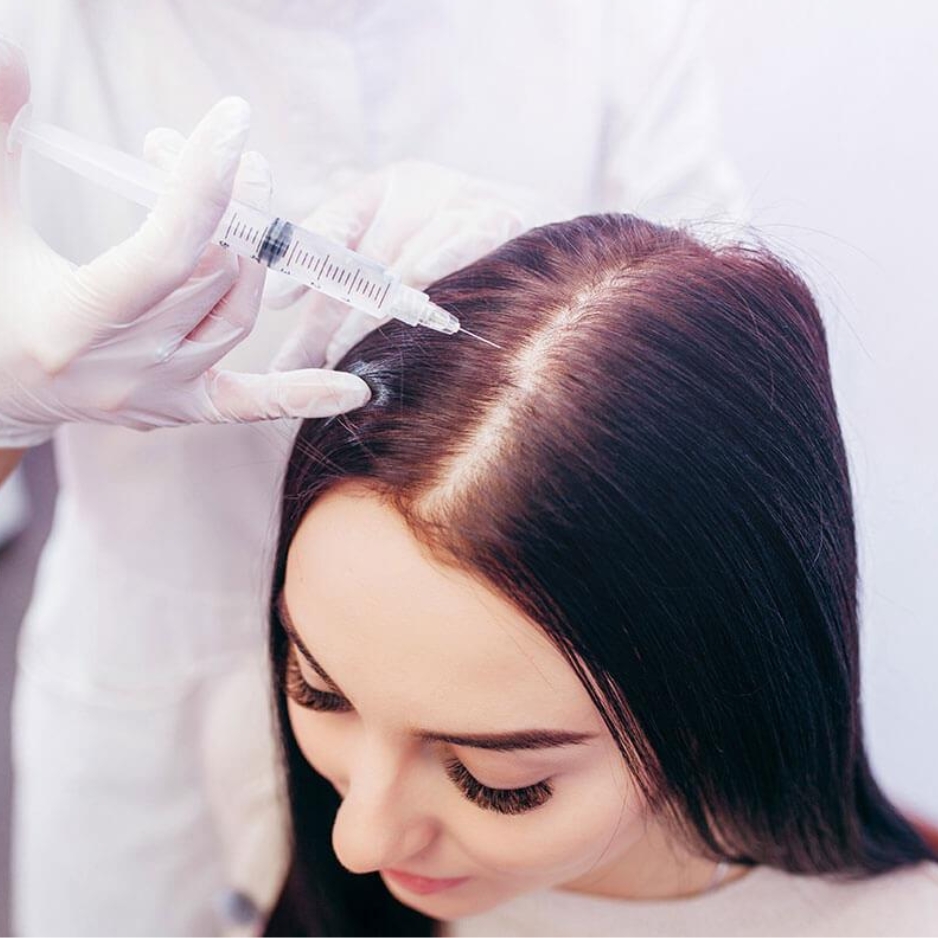
HAIR REGROWTH TREATMENT
Hair regrowth treatment refers to a variety of methods aimed at promoting the growth of hair, particularly in individuals experiencing hair loss or thinning. The choice of treatment depends on the cause and severity of hair loss, as well as individual preferences. Here’s an overview of common hair regrowth treatments:
Minoxidil (Rogaine):
- Over-the-counter topical solution or foam.
- Stimulates hair follicles and prolongs the growth phase of hair.
- Effective for androgenetic alopecia (male or female pattern baldness).
- Oral prescription medication.
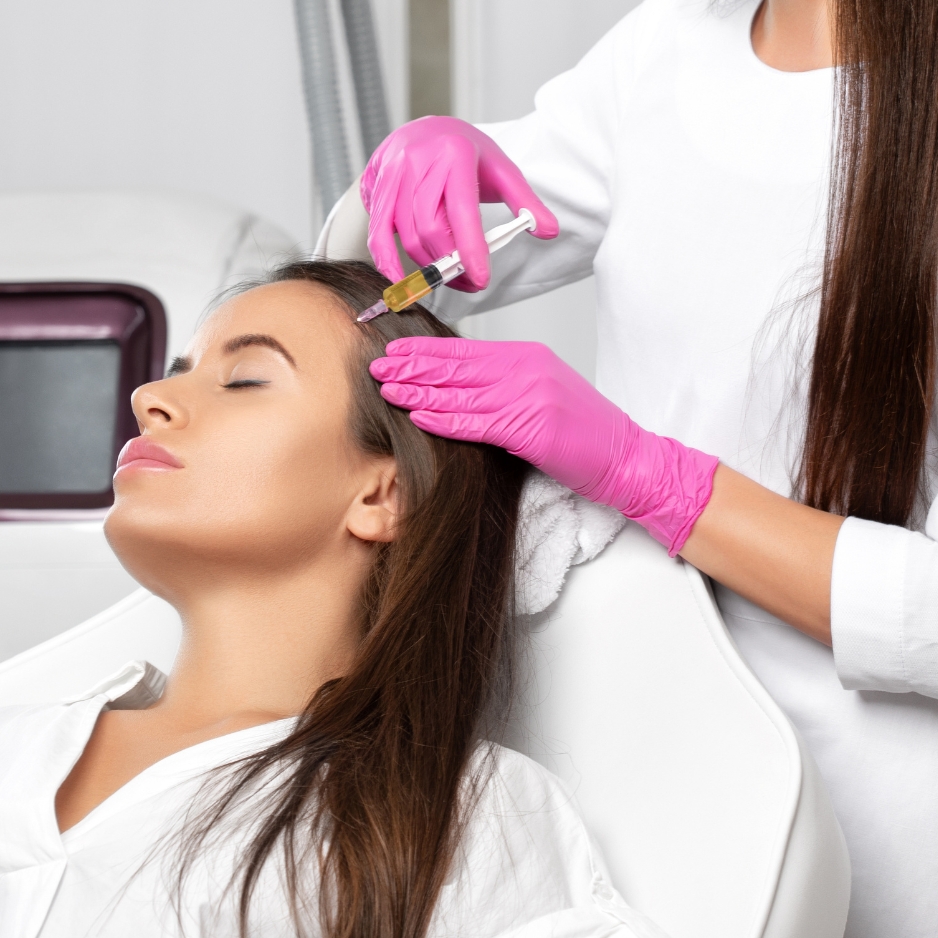
HAIR GREYING THERAPY
Hair greying therapy refers to treatments or interventions aimed at reducing or reversing the greying of hair. Hair greying is primarily caused by a decrease in melanin production in hair follicles, which is a natural process of aging. However, factors like genetics, stress, nutritional deficiencies, medical conditions, and environmental influences can also accelerate greying.
Types of Hair Greying Therapy:
Topical Treatments:
- Melanin-enhancing Products: Some creams or serums aim to stimulate melanin production in hair follicles.
- Anti-greying Shampoos: Products with catalase enzymes that claim to break down hydrogen peroxide, a compound linked to hair greying.

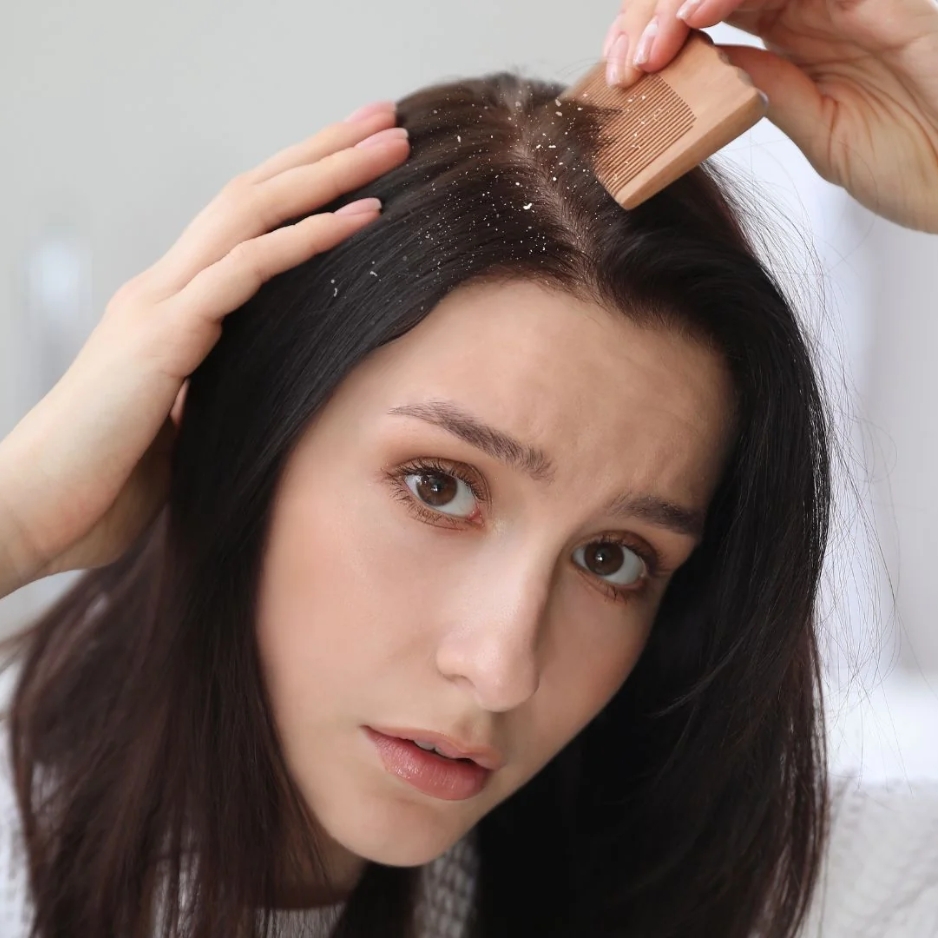
DANDRUFF TREATMENT
Dandruff treatment focuses on managing and reducing the flaking, itching, and scalp irritation caused by dandruff. Dandruff is a common scalp condition often caused by an overgrowth of yeast-like fungus (Malassezia), excessive oil production, or sensitivity to hair care products. Treatments include a combination of medical, home remedies, and lifestyle changes:
Over-the-Counter (OTC) Shampoos:
Specialized anti-dandruff shampoos are formulated with active ingredients to control dandruff. Common ingredients include:
- Zinc pyrithione: Reduces fungus and bacteria.
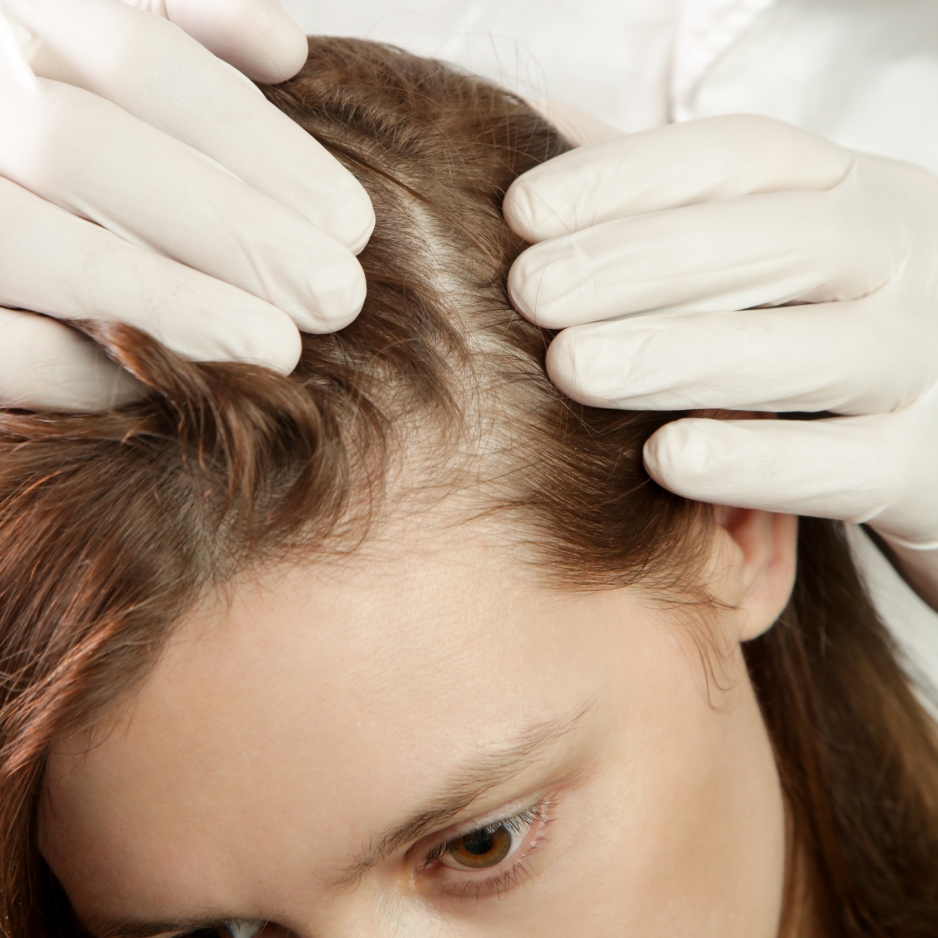
SCALP PSORIASIS
Scalp psoriasis is a chronic autoimmune condition that affects the skin on the scalp. It is a common form of psoriasis characterized by raised, red, scaly patches that can appear anywhere on the scalp, and in some cases, extend to the forehead, back of the neck, or behind the ears.
Causes
Scalp psoriasis, like other forms of psoriasis, occurs due to an overactive immune system. The immune system speeds up the life cycle of skin cells, causing them to accumulate rapidly on the


LASER HAIR REMOVAL
Laser hair removal is a popular cosmetic procedure that uses concentrated light energy (laser) to target and destroy hair follicles, thereby reducing or eliminating hair growth in a specific area. It’s a long-term solution for hair reduction and is often chosen for its precision, speed, and effectiveness compared to traditional methods like shaving or waxing.
